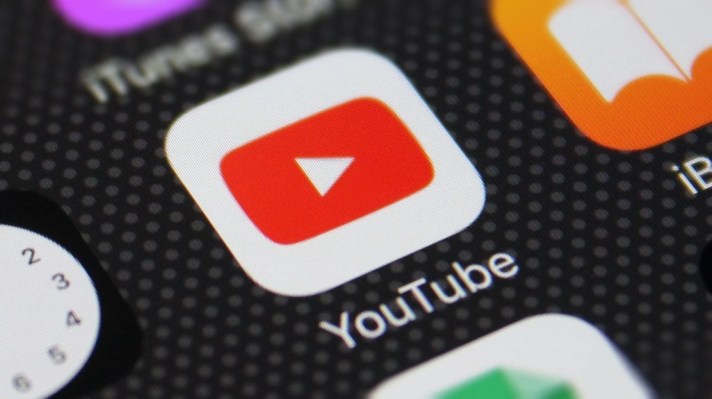YouTube is updating its guidelines to allow new types of content to monetize adult content, including videos that display nudity while breastfeeding and non-sexually graphic dancing.
With this new update, creators can now earn more ad revenue on breastfeeding content where a child is present in the video, even if the areola is visible. In the past, these types of videos were only able to monetize if the areola was not present. The company’s updated policy notes that content where a woman is demonstrating hand expression or breast pump usage with nipples visible and a baby in the scene is now eligible for monetization.
The platform will continue to restrict ad revenue on breastfeeding content where a child is not present. The policy also notes that the breastfeeding videos must include contextual reference to breastfeeding, such as a child about to breastfeed or active lactation.
The Google-owned video platform says it has heard feedback on how videos on breastfeeding can be a helpful resource for parents, and that it wants to offer creators who upload this content the ability to monetize their content.
“We heard feedback that for many parents, videos about breastfeeding are a helpful resource as they navigate this stage of parenthood. We hope these changes can give all creators more space to share this type of content with eligibility for ad revenue,” YouTube spokesperson Nate Funkhouser said in an email to TechCrunch.
As for the second part of the changes, YouTube is removing restrictions on content that focuses on dance moves that involve grinding or twerking, which means this sort of content can now earn ad revenue. However, the company will still restrict monetization on dance videos with deliberate and recurring shots on breasts, butt or genitalia, extreme minimal clothing and sensual moves that mimic sexual acts.
Despite these new changes, all content still needs to abide by YouTube’s community guidelines, and for monetization purposes, the advertiser-friendly content guidelines.
YouTube is re-reviewing content that is now eligible for monetization and turning on the ability to show ads on the eligible videos.
The policy change announced today isn’t the only one that YouTube has made this week. Yesterday, the platform announced a few new policies regarding responsible disclosure on AI videos, along with new tools for requesting the removal of deepfakes. Although YouTube already has policies in place that prohibit manipulated media, the surge of AI has required the company to put in place additional policies because of the technology’s ability to mislead viewers who may be unaware that content has been synthetically created.
